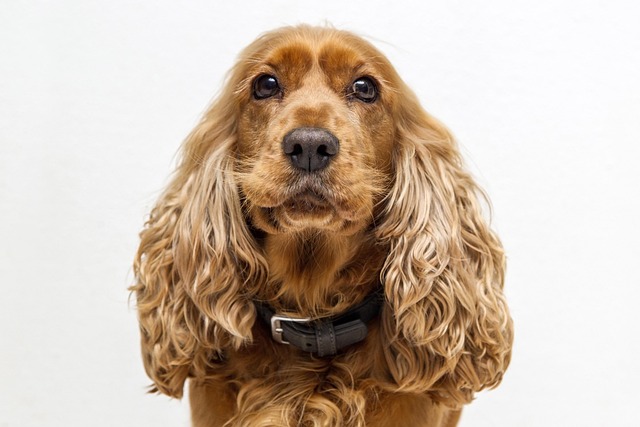
How can I tell if my dog's heatstroke is serious
Let’s be real: It’s a sticky August morning in Los Angeles, and you took your 2-year-old Golden Retriever, Max, for a walk a little later than usual
Finding clumps of fur on your couch, clothes, and even your morning coffee mug can feel never - ending, especially if you’ve got a breed like a Golden Retriever or Husky. The first step isn’t just grabbing a brush—though that helps—it’s understanding why your dog is shedding more than usual. Seasonal changes often trigger heavier shedding, but stress, poor diet, or even underlying health issues can make it worse too.
Investing in the right tools makes a huge difference. A slicker brush works great for long - haired breeds, while a rubber grooming mitt is perfect for short - haired pups who hate traditional brushes. Try brushing your dog outside at least three times a week—this keeps loose fur from piling up in your home and gives your dog some fresh air. Just remember, over - brushing can irritate their skin, so stick to a gentle routine.
 Your dog’s diet plays a bigger role in shedding than you might think. Look for dog food with high - quality protein, like chicken or salmon, and omega - 3 fatty acids—these nutrients keep their coat healthy and reduce excess shedding. Avoid cheap brands filled with fillers; they don’t give your dog the nutrition they need, and you’ll likely notice more fur on your floors. If you’re not sure what food to choose, ask your vet for recommendations tailored to your dog’s breed and age.
Your dog’s diet plays a bigger role in shedding than you might think. Look for dog food with high - quality protein, like chicken or salmon, and omega - 3 fatty acids—these nutrients keep their coat healthy and reduce excess shedding. Avoid cheap brands filled with fillers; they don’t give your dog the nutrition they need, and you’ll likely notice more fur on your floors. If you’re not sure what food to choose, ask your vet for recommendations tailored to your dog’s breed and age.
It’s also important to stay on top of local pet regulations. Many areas require regular vet check - ups, and some have rules about grooming to prevent health issues that can lead to excessive shedding. Skipping vet visits might mean you miss a thyroid problem or skin infection that’s causing extra fur loss—plus, it could land you in trouble with local authorities. Keeping your dog’s vaccinations and health records up to date isn’t just the law; it’s key to their overall well - being.
Stopping excessive shedding takes time and consistency, but it’s totally doable. By combining regular grooming, a healthy diet, and routine vet care, you’ll see less fur around your house and a happier, healthier dog. Don’t get discouraged if you don’t notice a change right away—stick with your routine, and soon you’ll be spending less time vacuuming and more time enjoying cuddles with your pup.

Let’s be real: It’s a sticky August morning in Los Angeles, and you took your 2-year-old Golden Retriever, Max, for a walk a little later than usual

You're enjoying a summer afternoon at the park when you notice your dog has stopped panting and appears disoriented - their gums are bright red

Let’s paint the picture: You’re in your Denver apartment, watching your 4-year-old Boston Terrier, Ruby, plop down mid-play session with her favorite toy

Many dog owners notice their pets nails seem shorter after regular walks,but how much does this daily activity actually help?The answer depends on where you walk—concrete sidewalks or asphalt streets gently file nails as a dog's paws hit the ground

Most dog owners notice their pup scooting across the carpet at some point, but few connect it to impacted anal glands. These small sacs near a dog’s rectum secrete a scent for marking territory

Most vets agree that regular dog teeth cleaning is key to avoiding painful dental issues later. For healthy adult dogs, a professional cleaning at the vet’s office every 12 to 18 months usually works well.